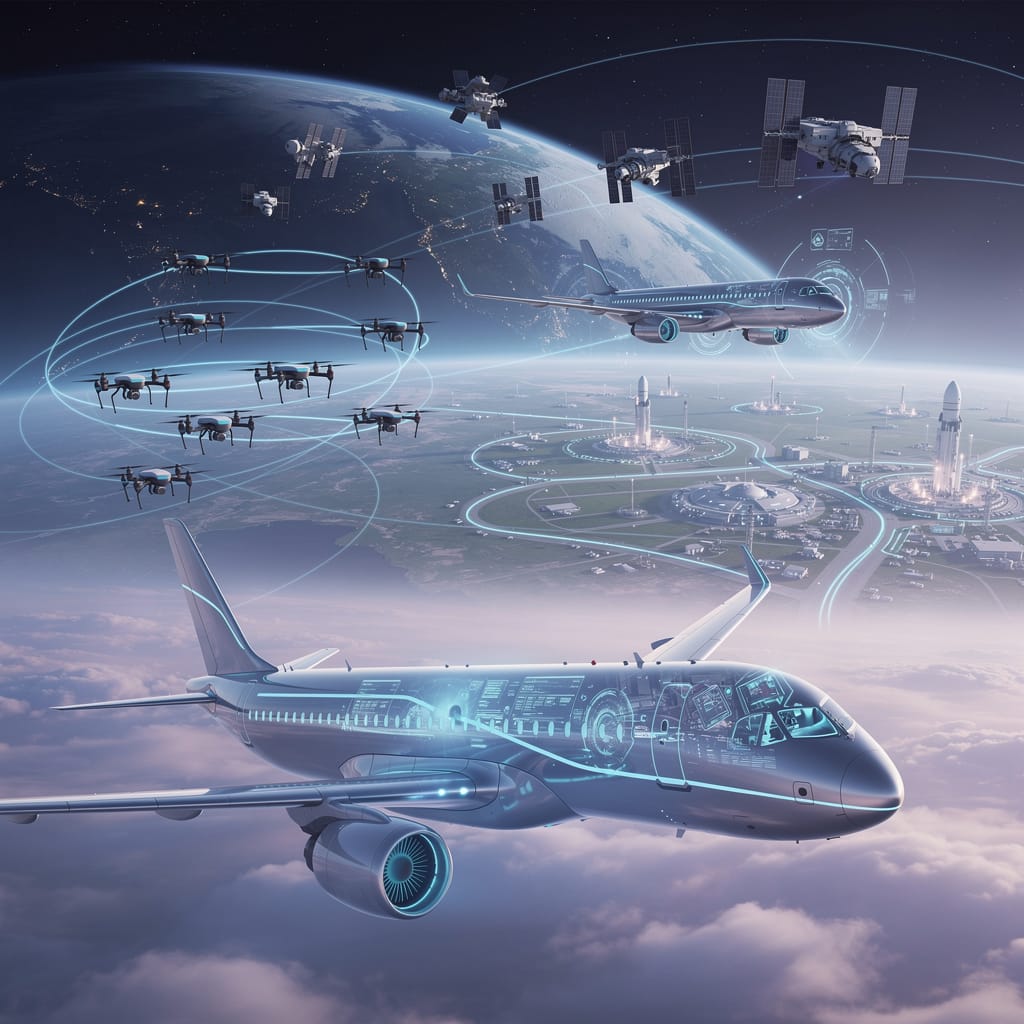Navigating Complex Frontiers
Let’s delve into the challenges associated with developing AI-driven robots and the ongoing research to address them:
Ensuring Safety and Reliability
AI-driven robots must operate safely in various environments and conditions. Ensuring that robots don’t pose risks to humans and themselves is a primary challenge. Research focuses on creating fail-safe mechanisms, obstacle detection, and collision avoidance systems.
Robustness and Adaptability
Robots encounter diverse situations that might differ from their training data. Achieving robustness and adaptability to handle novel scenarios is challenging. Researchers are exploring methods like transfer learning and simulation-to-real-world training to improve adaptability.
Human-Robot Interaction
Developing robots that can seamlessly interact with humans is complex. Understanding human intent, emotions, and natural language requires advanced AI. Ongoing research focuses on creating robots that respond intelligently to human cues and collaborate effectively.
Ethical and Moral Dilemmas
AI-driven robots may encounter situations that involve ethical decisions, like prioritizing one person’s safety over another’s. Deciding on algorithms that adhere to ethical principles is challenging, as it requires encoding complex human values into machine logic.
Data Quality and Bias
AI relies on data, and if the data is biased or incomplete, the robot’s behavior can be problematic. Researchers work on methods to identify and rectify biases in data and algorithms to ensure fairness and unbiased decision-making.
Explainability and Transparency
Complex AI algorithms can be difficult to interpret, making it challenging to explain how robots arrive at certain decisions. Research aims to create interpretable AI models that can explain their reasoning, ensuring transparency and accountability.
Power and Energy Efficiency
AI-driven robots require substantial computational power, which can lead to high energy consumption. Researchers are exploring energy-efficient algorithms and hardware design to optimize power usage without compromising performance.
Long-Term Autonomy
For robots to function autonomously for extended periods, they need to handle tasks like self-maintenance, learning, and adaptation. Research is ongoing to create robots that can learn from their experiences and improve over time.
Integration of AI and Sensor Technologies
AI-driven robots rely on sensors to perceive and interact with the environment. Developing seamless integration between AI algorithms and sensor technologies is challenging, as it involves synchronizing complex information from different sources.
Regulatory and Legal Frameworks
As AI-driven robots become more sophisticated, regulatory frameworks must be established to ensure their safe and ethical use. Addressing legal and liability issues in case of accidents or errors is a complex challenge.
Human-Centric Design
Designing AI-driven robots that align with human needs, behaviors, and values requires a deep understanding of human psychology and culture. Researchers work to create robots that are intuitive and non-intrusive in human environments.
Developing AI-driven robots involves tackling a multitude of technical challenges. Researchers worldwide are actively working to overcome these obstacles through innovations in AI, robotics, and interdisciplinary collaborations. As the field advances, addressing these challenges will pave the way for the integration of AI-driven robots into various aspects of society while ensuring safety, reliability, and ethical considerations remain at the forefront.

Shop Corner
Future of AI in robots On Amazon
Thank you for questions, shares and comments!
Share your thoughts or questions in the comments below!
Source OpenAI’s GPT language models, Fleeky, MIB, & Picsart






